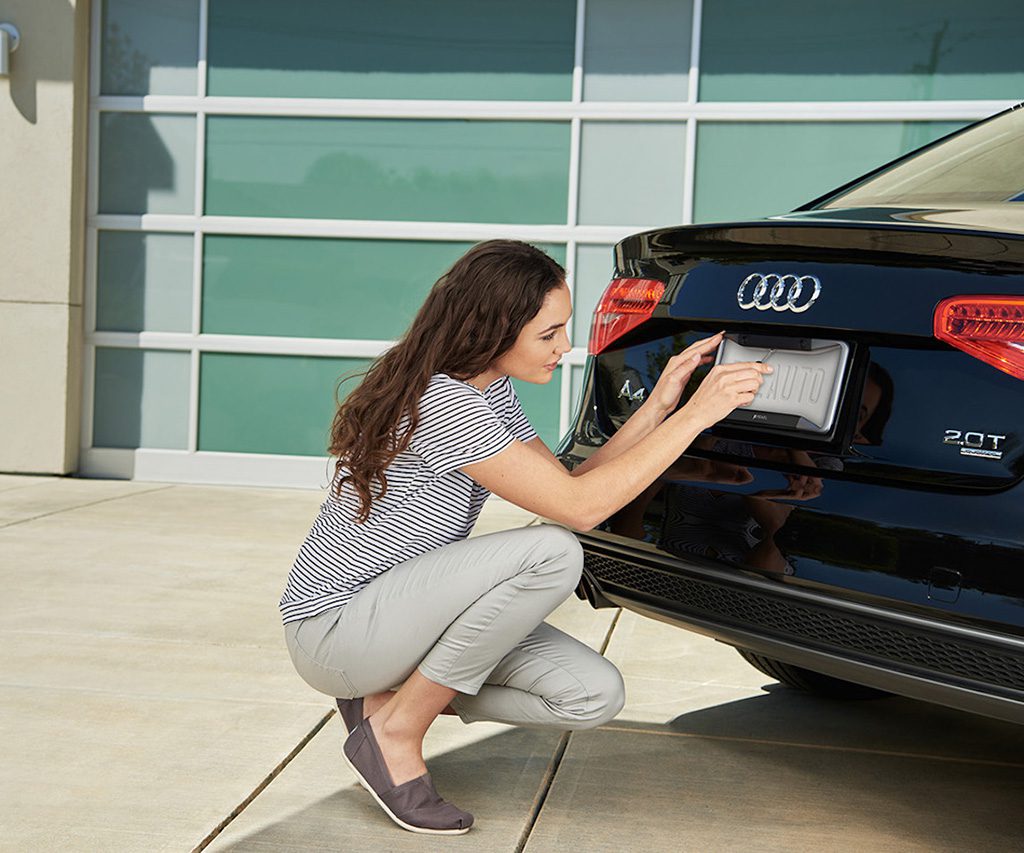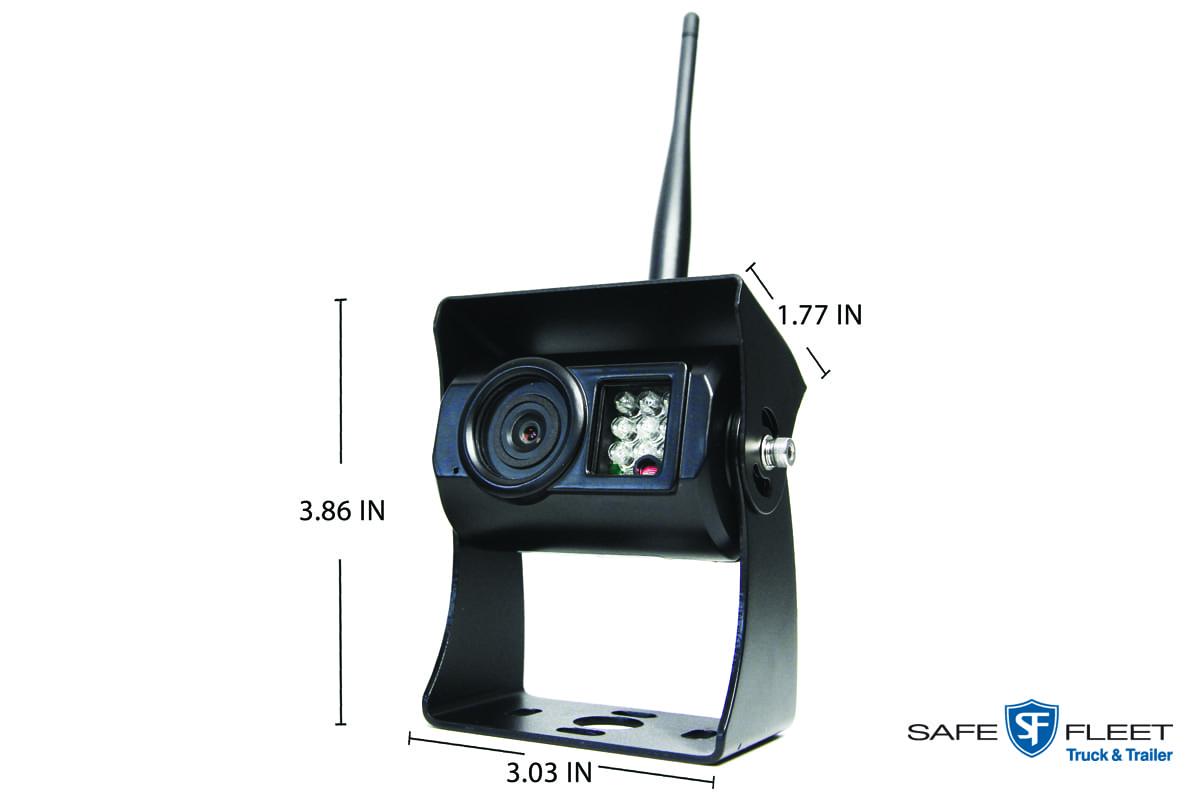

- Wireless backup camera install#
- Wireless backup camera license#
- Wireless backup camera professional#
You may need to make a hole somewhere to get the camera wires into your trunk. Always cover your wire connections to keep them secure, clean, and away from other wires. Electrical tape or heat-shrink tubing.
Wireless backup camera install#
Most cameras and displays come with enough connectors to install everything, but if you need to cut a wire or redo a connection, having a variety pack of connectors can save you from a mid-project trip to the hardware store. Use plastic tools near anything delicate. Removing little trim pieces with a screwdriver or metal blade can mar plastic or scratch paint.
Wireless backup camera license#
Simply, bolt the camera to the license plate (or anywhere else. At minimum, you’ll need to disconnect the negative terminal on your battery, and you may need to loosen a taillight or other part. This all-digital backup camera is completely wireless.

If not, get some that can easily strip the ends of smaller, 24- and 26-gauge wire, too. Small-gauge wire strippers 22-gauge will do, if you have them. After spending dozens of hours researching about 80 backup cameras and displays, and then wiring and testing eight cameras and seven displays head to head, we recommend the Accele RVCLPMBS backup.About two to four hours of free time, and a bit of moxie.
Wireless backup camera professional#
Most DIYers shouldn’t bother with flush-mount cameras-they’re best left to professional installers.

In some situations, such as on a truck’s tailgate, this kind of camera can be the best solution, but it requires drilling a visible hole into your vehicle, and it leaves no margin of error in determining the vertical angle of the camera: If the surface you drill into leaves the camera pointing too high or low, you’re stuck with it.


 0 kommentar(er)
0 kommentar(er)
